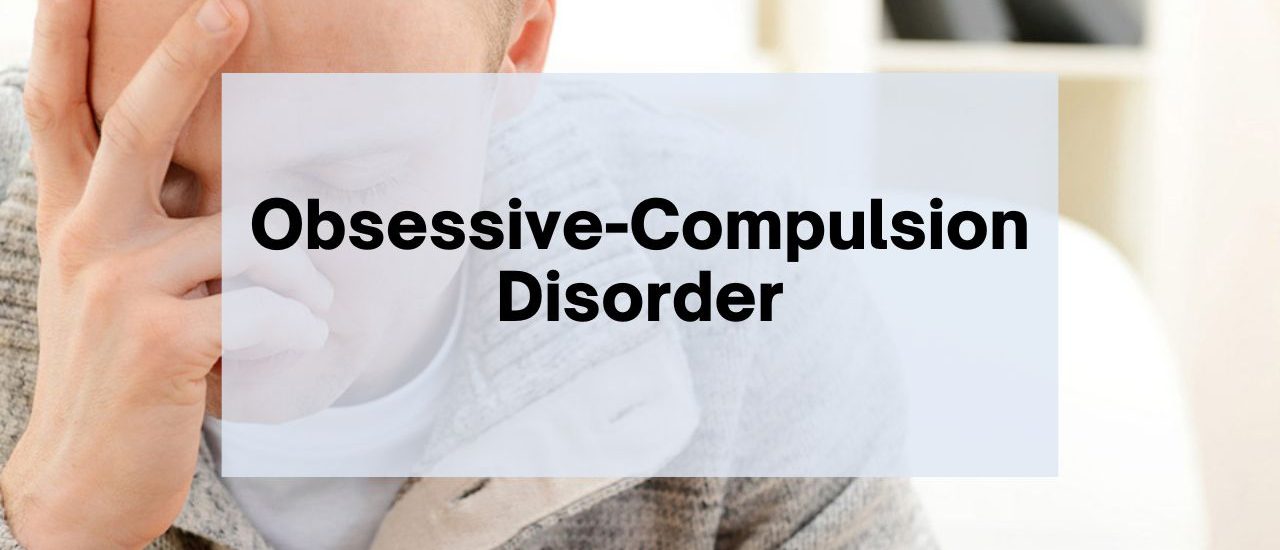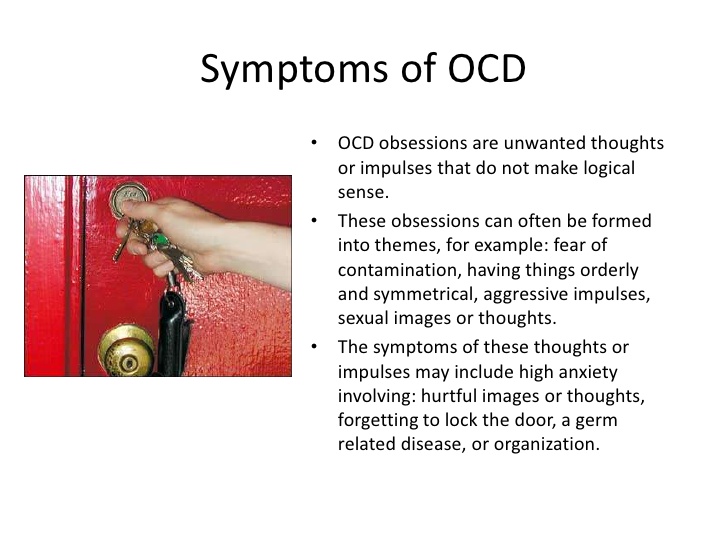


The DSM-5 lists obsessive compulsive personality disorder as one of the most prevalent personality disorders; prevalence estimates range from 2.1 to 7.9 percent. Along with avoidant and dependent personality disorders, OCPD is categorized as a “Cluster C” personality disorder.
Obsession: A persistent, troubling obsession with a frequently irrational idea or emotion.
Compulsion: Compulsions are recurrent behaviors that serve as a short-term stress reliever.
Obsessive compulsive personality disorder (OCPD) is characterized by excessive, unreasonable cravings to perform particular behaviors as well as persistent, unwanted, intrusive thoughts (obsessions) (compulsions). Even though OCD sufferers may be aware that their actions and ideas are absurd, they frequently lack the control to change them. You might make an effort to suppress or dismiss your obsession behavior, but doing so simply makes you feel more upset and anxious. In the end, you get compelled to engage in obsessive behaviors in an effort to reduce your stress. Despite attempts to suppress or ignore unwanted thoughts or urges, they persist. This feeds the OCD’s vicious cycle, which results in more ritualistic behavior.
Obsessions and compulsions are frequently present in patients with obsessive-compulsive disorder. However, it’s also possible to merely have obsessive symptoms or compulsive symptoms. The majority of people occasionally engage in compulsive behaviors or obsessive behaviors. However, these feelings typically continue longer than an hour each day and interfere with daily life in obsessive-compulsive personality disorders. Obsessions are obsessive behavior, unreasonable impulses or thoughts that recur frequently. Thoughts like these are illogical in people with mental problems; they still worry that they might somehow be true. People may attempt to ignore or repress these disturbing thoughts and emotions because they are unpleasant. Obsessional examples include:

Technically, there aren’t any distinct OCD subtypes. But there are “types” of typical symptom categories that can be identified. These are based on parallels between the substance of the obsessive thoughts and the coping mechanisms used by the individual.
The dread of hurting others, of striking out violently, or of having persistent images of violence and aggression is a typical sort of obsessive disorder. These kinds of ideas can also be sexual, such as worrying that you’ll act inappropriately during a sexual encounter or having disturbing, recurrent sexual imagery.
Someone could become fixated on the idea that their child will sustain injuries in a car accident. Although compulsive behavior can take many different forms, they are frequently utilized to stop harm from happening.
In connection with violent or sexual obsessions, some people may worry about shouting something out in public, while others may worry about hurting someone.
Recurrent ideas that one hasn’t completed or done something partially might result from OCD.
Order and symmetry, the requirement that objects be arranged in a specific manner.
A phobia of potentially unclean items or a need to clean everything. You could get mental contamination if you experience being treated rudely.
Many people with obsessive-compulsive disorder suffer a dread of losing control and acting in an unacceptable way. In connection with violent or sexual obsessions, some people may worry about shouting something out in public, while others may worry about hurting someone.
Risk Factors may include:
Young adults or older teens are most likely to have OCD. It can start as early as preschool and last until age forty.
For some, genes may contribute to OCD. Typically, OCD runs in families. The likelihood of developing obsessive-compulsive disorder is increased by family history.
OCD symptoms may manifest as a result of stress. It frequently correlates with significant life events such the death of a loved one, divorce, marital problems, academic difficulties, or abuse.
Symptoms may be caused by hormones. Pregnancy may make OCD symptoms worse. After giving delivery, OCPD might include severe anxiety for the welfare of the newborn.
OCD thoughts often occurs in people who have other mental health illnesses. This can include:
Several OCD therapy techniques are known to be effective treatment options for obsessive compulsive mental disorder. They include:
A form of talk therapy (or psychotherapy), psychodynamic therapy is effective for many different patient types in a variety of situations. Psychodynamic therapy strategies are based on a patient’s diagnosis and the intended outcomes of treatment, which may include easing the symptoms of mood disorders and enhancing functioning in cases of personality disorders. In psychodynamic psychotherapy, the way that people react to irrational influences like conflict and defense mechanisms is examined. It focuses on the emotional effects of early development and employs the therapeutic alliance as a window into the patient’s problematic life patterns.
The goal of cognitive behavioral therapy is to alter the automatic negative beliefs that might exacerbate our emotional problems, such as melancholy and anxiety, and contribute to them. Our mood is negatively impacted by these uncontrollable unpleasant thoughts. Through CBT, false beliefs are exposed, refuted, and replaced with more accurate, realistic beliefs.
It is a brand-new method of behavioral therapy used to treat anxiety problems. In exposure therapy, the patient is exposed directly to the stressor or its surroundings without any malice. It is thought that doing so will assist patients in overcoming their emotional pain or anxiety. Research suggests that Cognitive Behavioral Therapy and EIP may be successful in the long run.